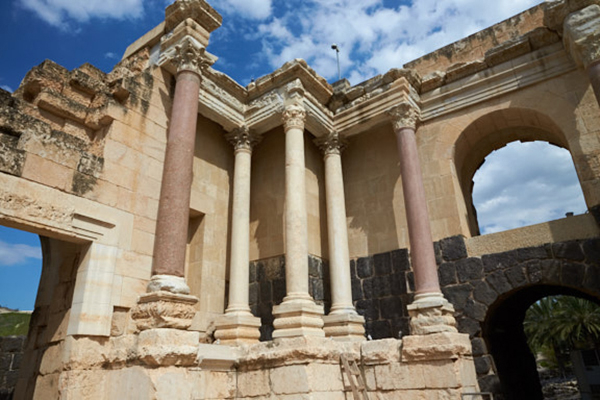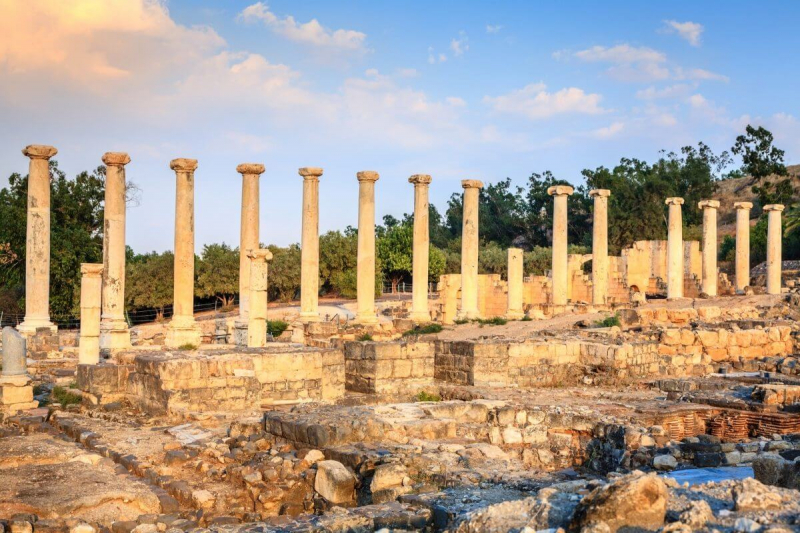Beit She’an
The ancient city of Beit She’an in the northern Jordan Valley is an immensely impressive archaeological site with remains dating back mostly to the Roman and Byzantine period. The site itself has an extensive history dating back to around the 5th millennium BC and was a significant settlement by the Bronze Age period. During the Late Bronze Age, when the Egyptians ruled the area, Beit She’an served as the administrative center of the region.
As the Egyptians lost control of the region, around the 12th century BC, the Egyptian city was destroyed by fire and a Canaanite city rose in its place before the Philistines conquered the area. It was during this period that Beit She’an gained a Biblical reference when the Israelites under King Saul were defeated at the Battle of Mount Gilboa – it is said that the body of Saul was hung from the city’s walls, along with the bodies of his sons. The city was then captured by the Israelite king David and formed part of the Israelite kingdom until its destruction by the Assyrians in 731 BC.
Today visitors to the site can explore the remains of ancient Beit She’an which sits on the eastern side of the modern city of the same name. Among the ruins are the impressive colonnaded main street (known as Palladius Street), parts of the defensive walls, the reconstructed Roman theatre, an ancient amphitheater, Byzantine bathhouse, and even structures dating back to the Egyptian and Canaanite periods, such as a large Canaanite temple and the ancient house of the Egyptian governor. The remains of the Crusader castle can also be visited as well as a Mamluk-era mosque.












